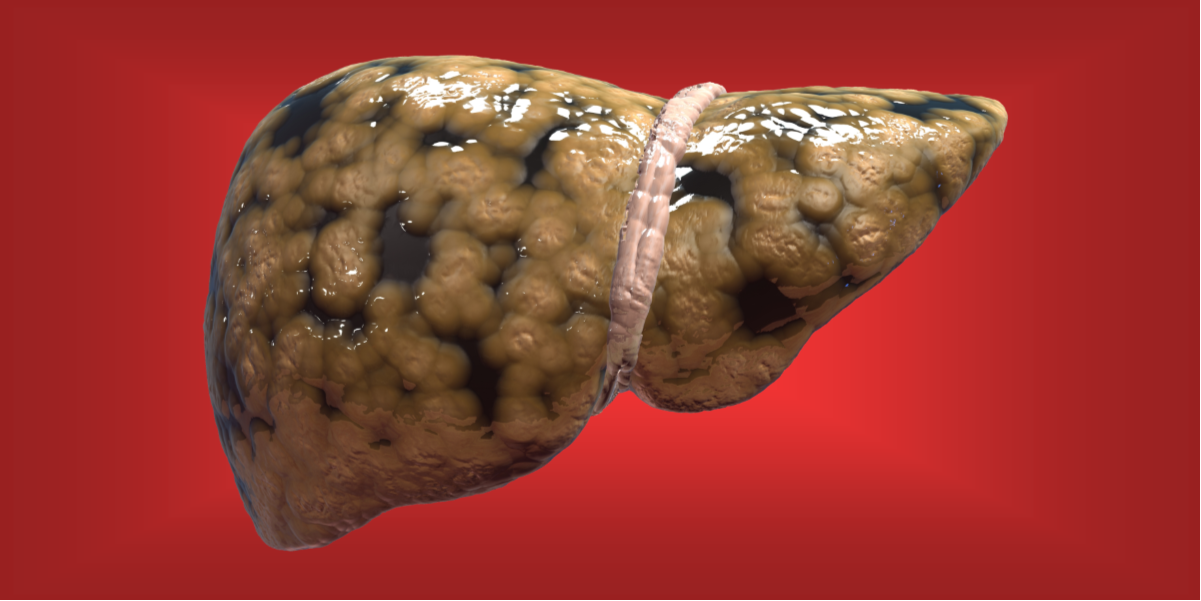The importance of a healthy liver cannot be overstated. It used to be that most liver diseases were caused by alcohol consumption or by hepatitis viruses. Nowadays, the leading causes of liver disease are excess weight and poor blood-sugar control. These situations can lead to a silent (symptomless) and dangerous condition called nonalcoholic fatty liver disease (NAFLD), where large amounts of fat infiltrate the liver (a normal liver is lean and free of fat).
With obesity, insulin resistance (pre-diabetes), and diabetes at epidemic levels in both adults and children, the incidence of NAFLD in adults and children have skyrocketed. Nearly 50% of teenagers and adults suffer from some degree of NAFLD and, because of the lack of symptoms, most people they don’t even know have the disease. This is quite serious because nearly a third of adults with NAFLD will progress to a far more serious condition called nonalcoholic steatohepatitis (NASH).
NASH is an inflammatory and oxidative condition of the liver caused by excess fat accumulation. This type of liver injury can lead to liver cirrhosis (fibrosis or scarring), liver cancer (hepatocellular carcinoma), liver failure, and premature death. Sadly, physicians rarely focus on liver health except in advanced cases. But given the given the prevalence and serious implications of NAFLD and NASH, it is crucial for doctors to be on the lookout for these conditions in their patients with any of the following risk factors:
- Excess abdominal fat
- Hypertension
- Dysglycemia: Elevated fasting or excessive post-mealtime blood glucose or insulin
- Dyslipidemia: Elevated total cholesterol, LDL (low-density lipoprotein), oxidized LDL, triglycerides, or low HDL (high-density lipoprotein)
- Chronic systemic inflammation: Elevated inflammatory markers (CRP, fibrinogen, homocysteine)
- Sedentary behavior
The above risk factors not only increase your chances of developing fatty liver disease, these same risk factors also increase your chances of developing dangerous blood clots (click here for more information).
Your doctor can order an ultrasound to detect fat in your liver. The fat will show up as white areas on the ultrasound image. Other imaging studies may also be done, like CT or MRI. If fatty deposits are found in your liver, it is important that you consult with an experienced physician trained in metabolic and nutritional medicine. This is because there are no drugs available to treat or cure NAFLD and NASH.
Comments: With no approved drugs for NAFLD and NASH, metabolic and nutritional therapies can offer a real solution. In our office, we use ultrasound to detect and quantify the amount of fat in the liver. We then offer intravenous Plaquex (click here) and oral tauroursodeoxycholic acid to clear the fatty deposits from the liver, and molecular hydrogen (click here) and silybin-phytosome complex to repair the inflammatory and oxidative damage. Follow-up ultrasounds of the liver are done to document the reduction in fatty deposits.
